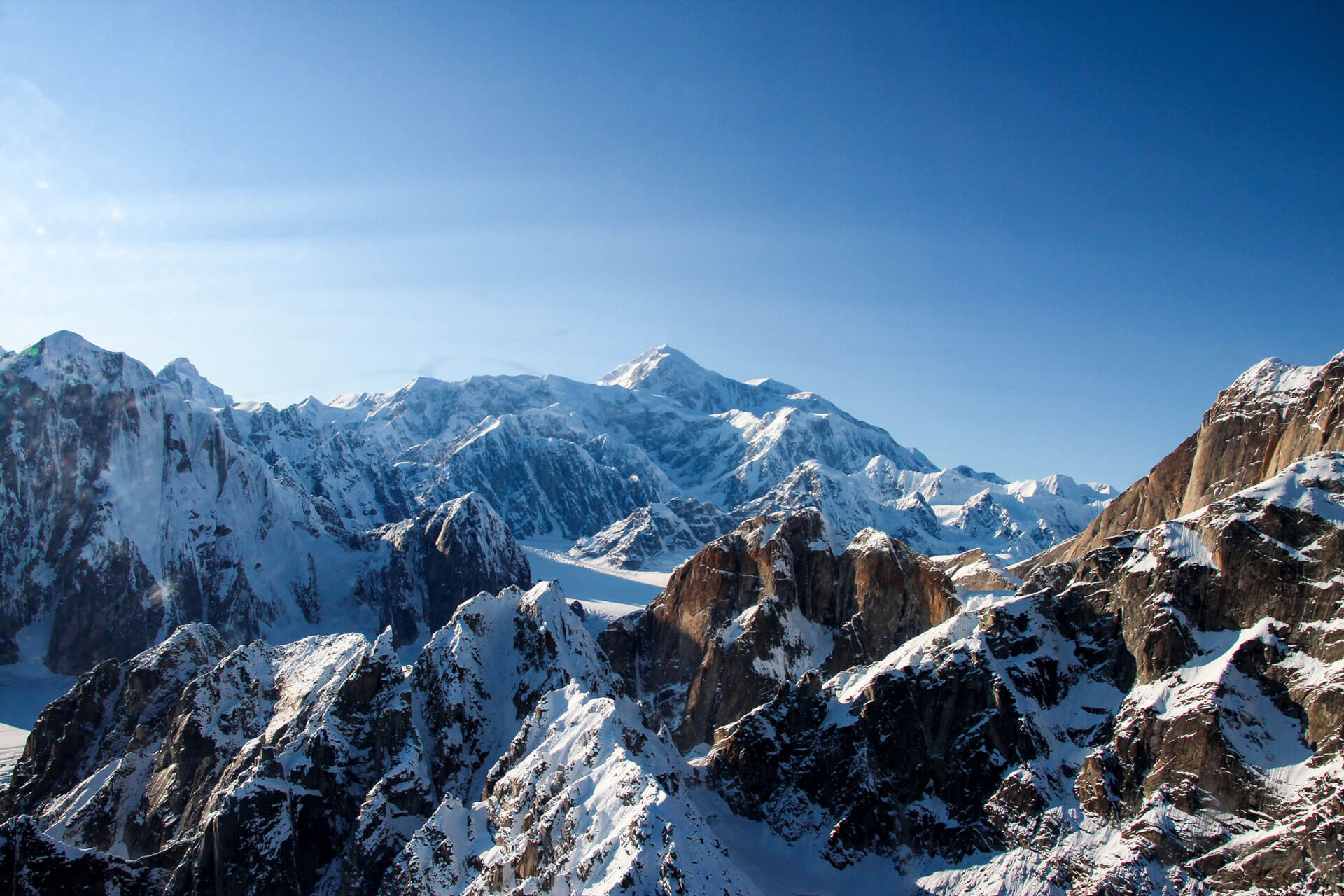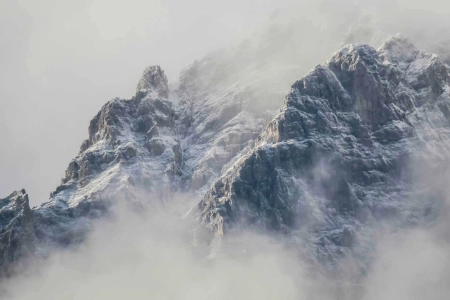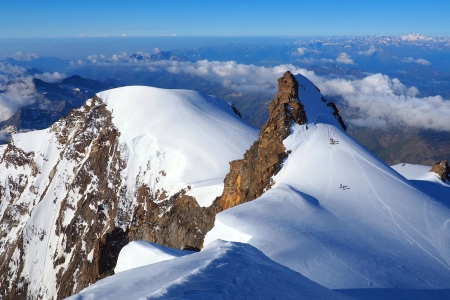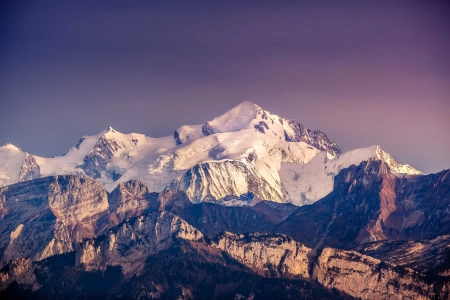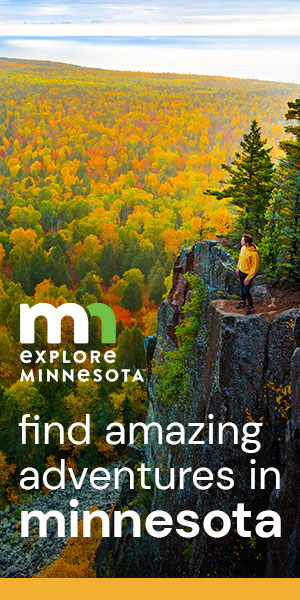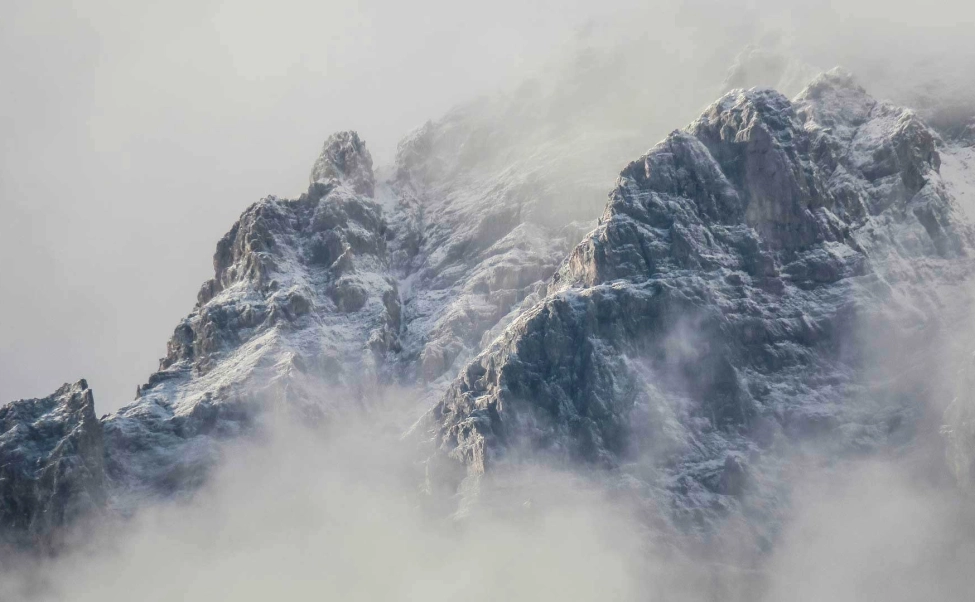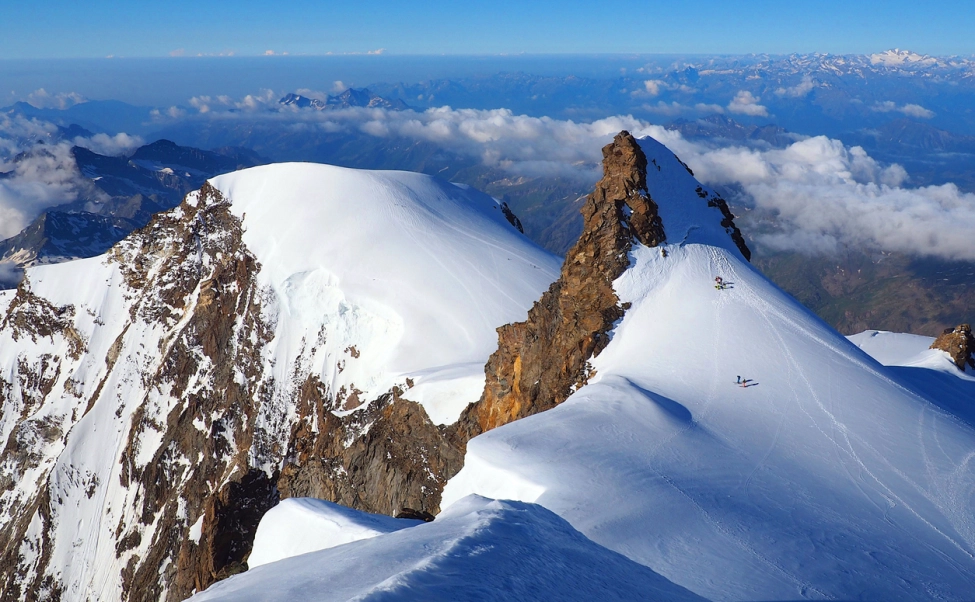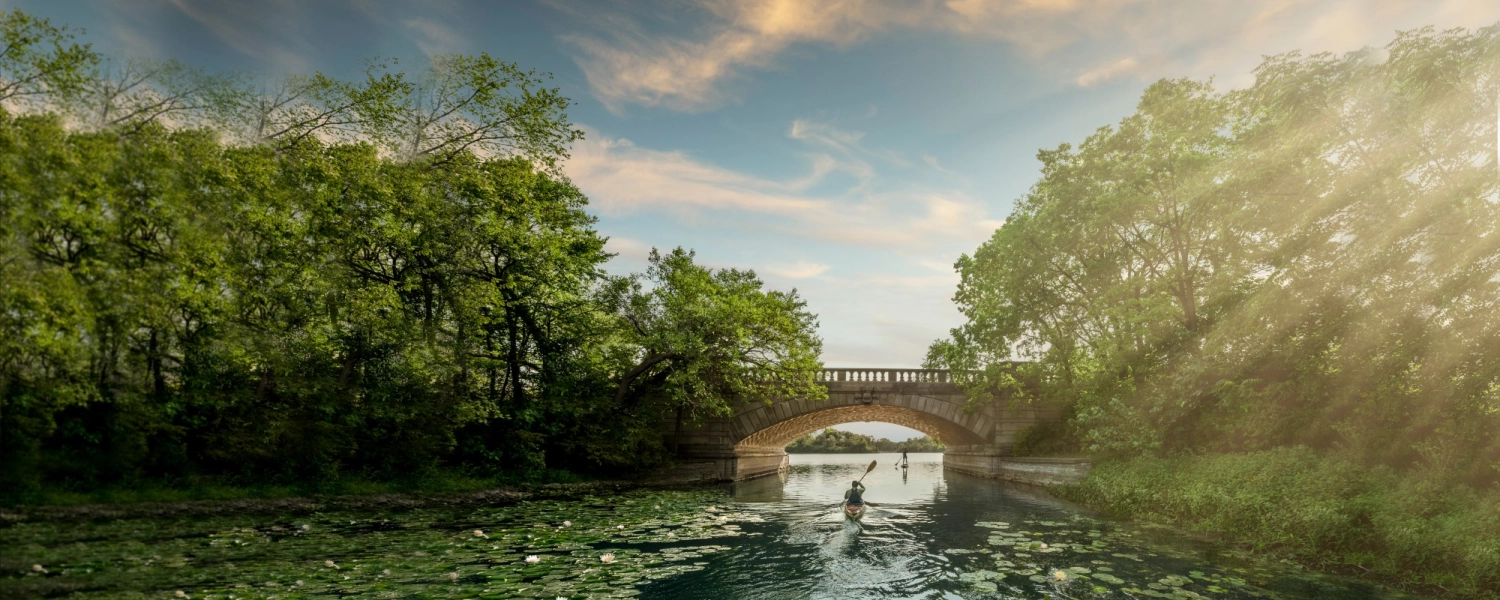- Details
- Written by: Jordan Tiernan
You’ve come here to read a rundown of the highest mountains in North America because, contrary to what the rolling news cycles would have you believe, there’s actually so much more to this massive, mountainous, continent than the United States of America’s incompetent President. And so, without further ado, trumping all others on the ‘highest mountain in North America’ list is Denali; formerly known as Mount McKinley and officially part of the famous Seven Summits.
Made up of 23 countries, North America is the world’s third largest continent. Out of these 23 countries though, it’s just the USA, Mexico, and Canada that have mountains high enough to feature here. Oh and, FYI, it’s not just traditional mountain peaks like Denali making up this collection. There’s also three very big stratovolcanoes to be discussed.1) Denali
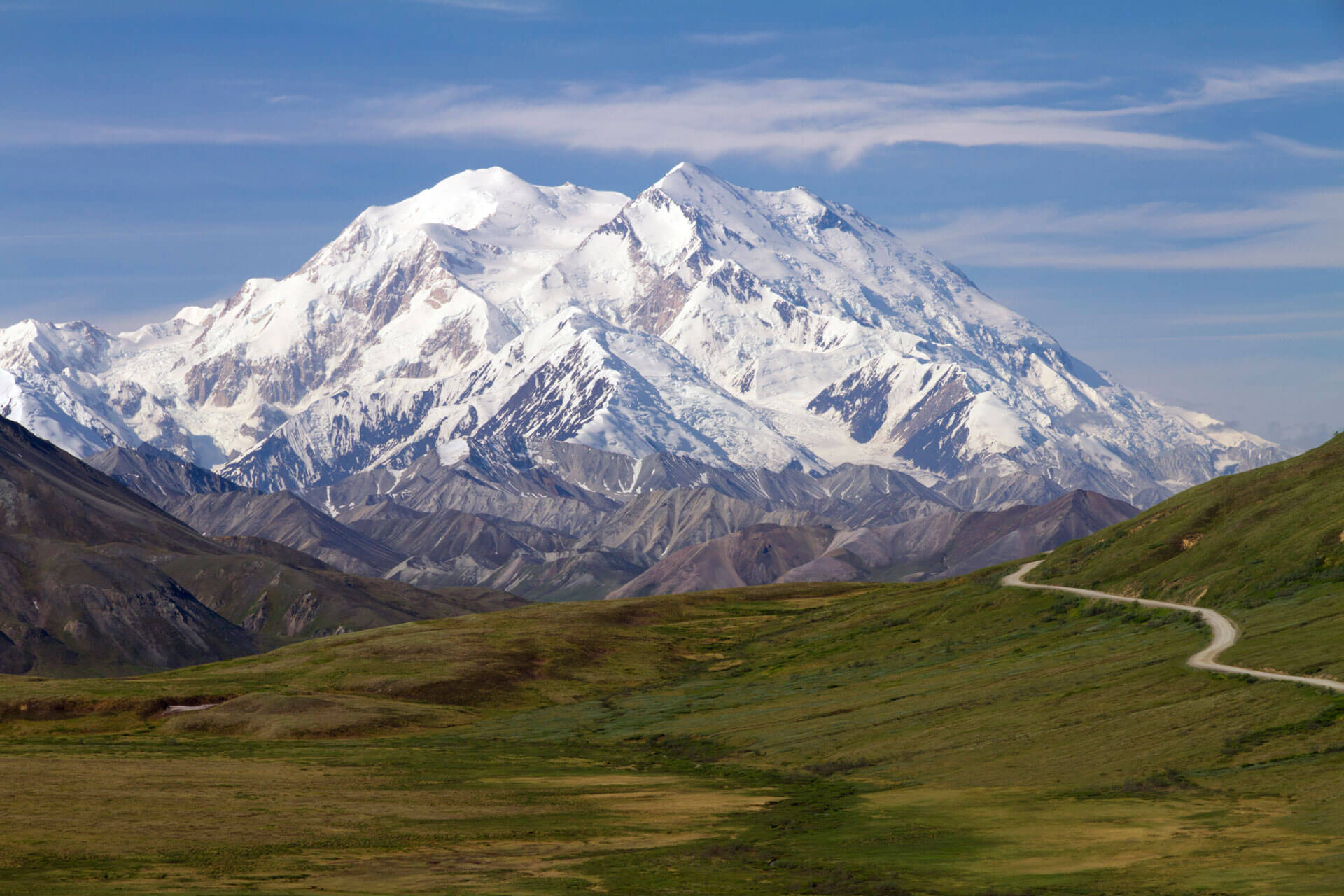
Height: 6,190 metres Location: Alaska (United States)
Widely known as Mount McKinley after a gold prospector named it so in 1896 as a way of showing support for the then presidential candidate William McKinley, the name went against the original title of the mountain – Denali – given to it by the native Koyukon people.
In 1917, the federal government officially recognised the name Mount McKinley to the mountain. This name lasted until 2015, where the Obama administration announced the change back to the original name of Denali – which is what it’s known as today.
“The mountain is regularly climbed, with around 58% of attempts reaching the summit”
The first climbing attempts to reach the summit of Denali were made by James Wickerham in 1903, but as Wickerham’s attempts were made via the steep and avalanche prone North Face his efforts proved futile. Frederick Cook made claims to have reached the summit in 1906 – though these claims were welcomed with a large amount of scepticism, and were eventually proved to be false.
It wasn’t until 1913 that people reached Denali’s summit – Alaskan Robert Tatum summited during a small expedition organised by Hudson Stuck and Harry Karstens.
These days the mountain is regularly climbed, with around 58% of attempts reaching the summit. It’s popularity is largely due to Denali’s existence as one of the Seven Summits (a collection made up of the highest peak on each of the world’s seven continents).
2) Mount Logan
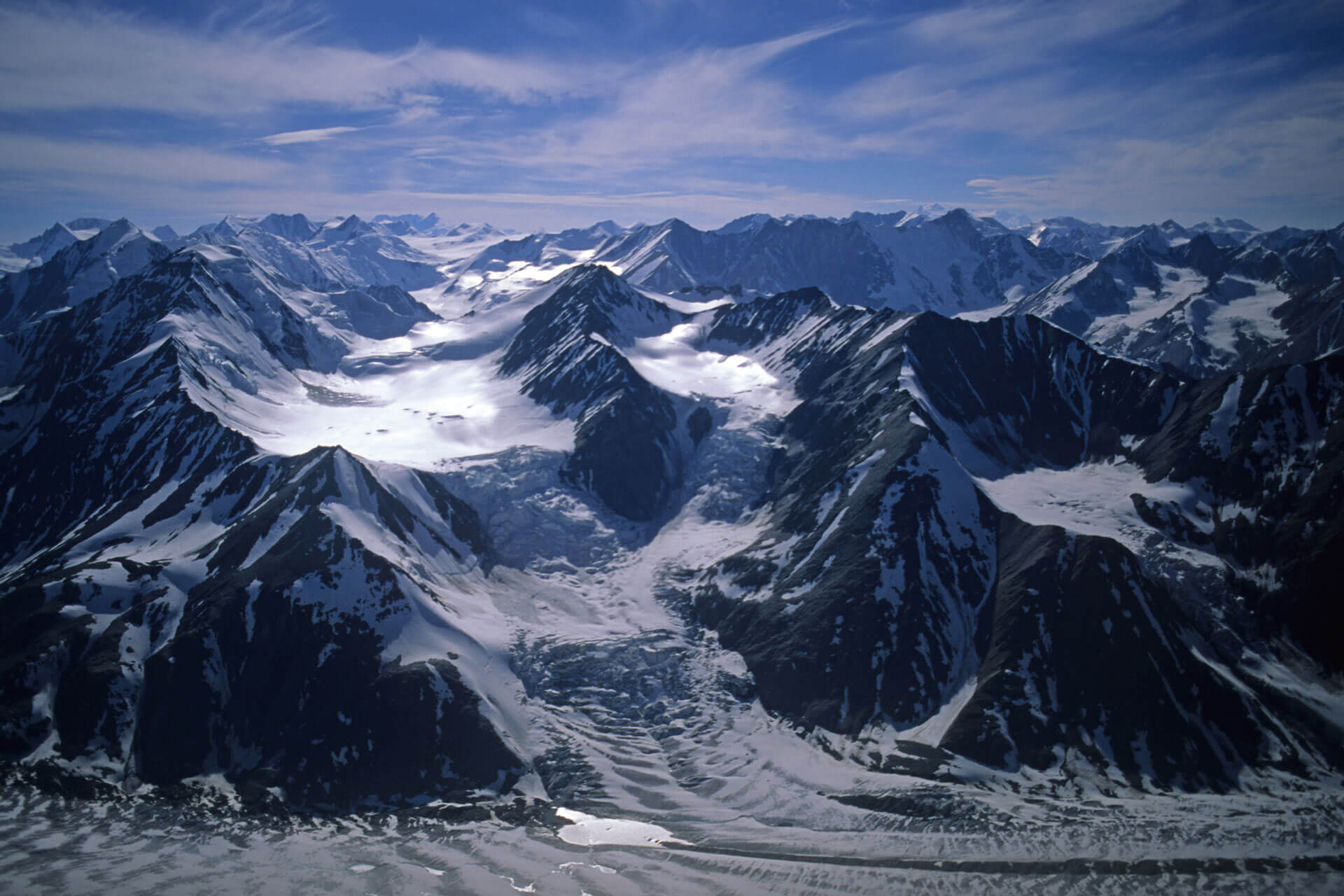
Height: 5,959 metres Location: Yukon (Canada)
Second on the list and the highest mountain in Canada, Mount Logan sits just 40 kilometres north of the Alaskan – Canadian border. It’s a real beast of a mountain, taking sixth place in the world’s most prominent peaks. It’s also thought to have one of the largest base circumferences of any of the non-volcanic mountains on earth.
Whilst the 5,959 metre height has been established, Mount Logan is still rising in height, due to tectonic activity below. Before 1992 in fact, the exact height of Mount Logan was unconfirmed.
3) Pico de Orizaba
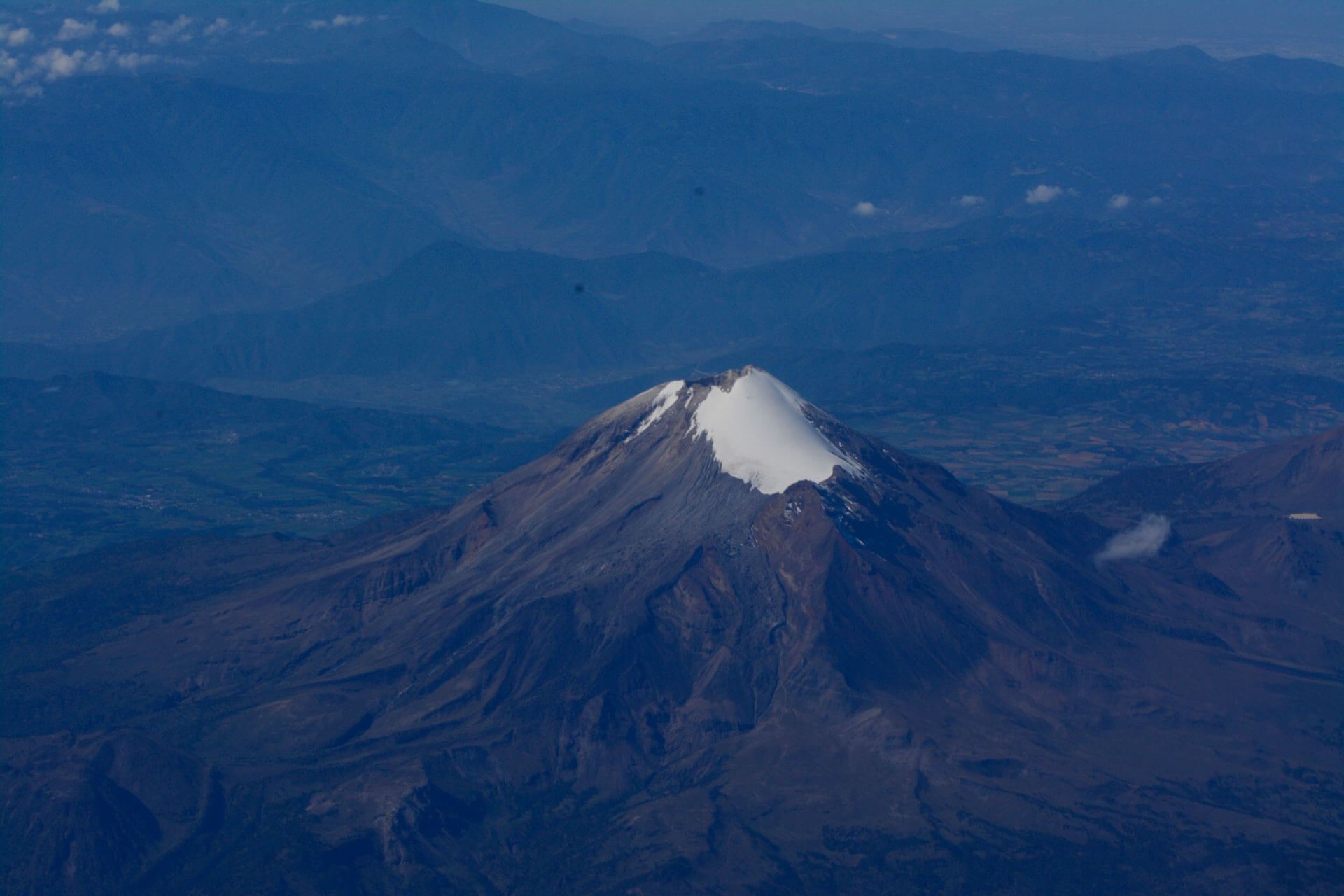
Height: 5,636 metres Location: Puebla (Mexico)
Highest mountain in Mexico, Pico de Orizaba is a dormant stratovolcano and is the second highest volcanic peak in the world – behind Kilimanjaro – Africa’s highest mountain.
Pico de Orizaba is visible to ships that are approaching the port of Veracruz. It is one of three volcanos in the world that still hold a glacier. One of the glaciers on Pico de Orizaba, the Gran Glacier Norte, is the largest glacier in Mexico (there are eight other known glaciers on the volcano).
4) Mount Saint Elias
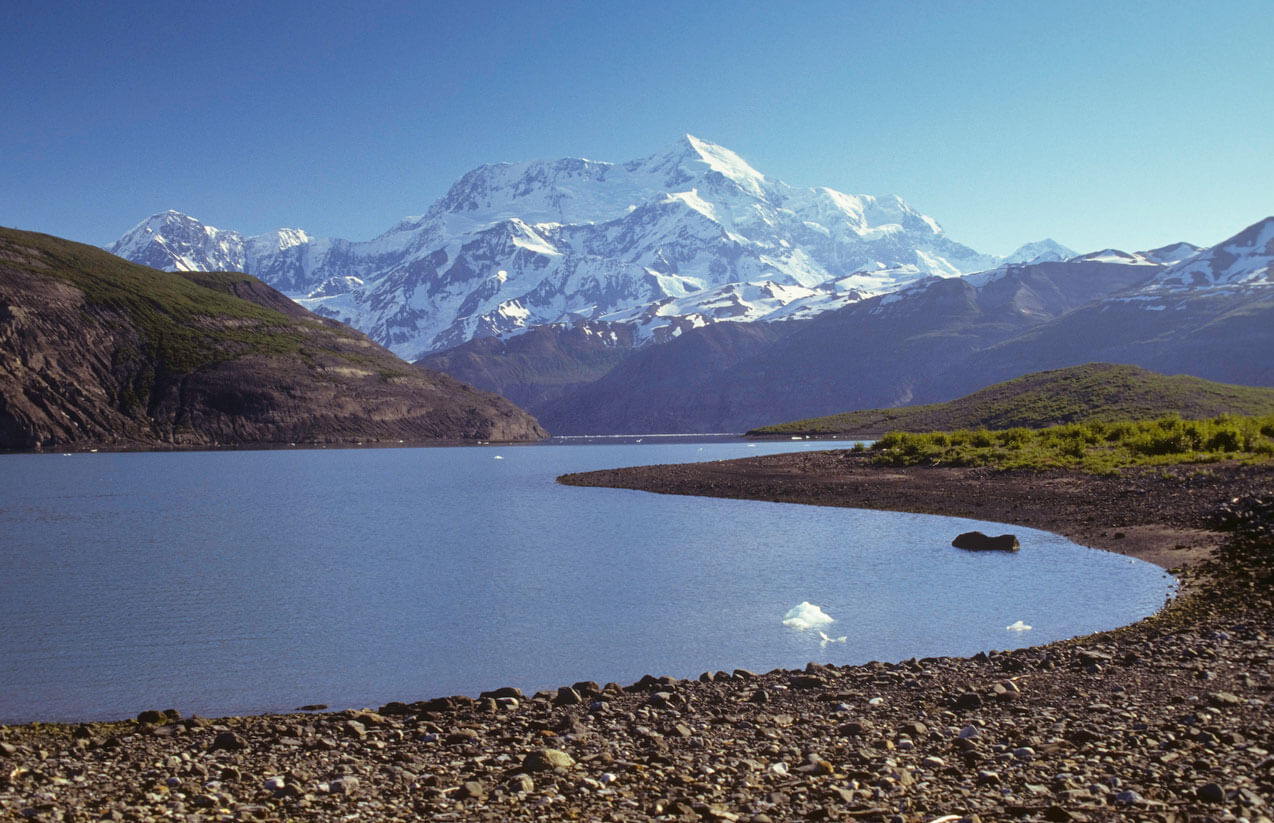
Height: 5,489 metres Location: Alaska (United States)
As it sits between the Canadian – Alaskan border, Mount Saint Elias is the second highest mountain in both the United States and Canada and is most notable for its vertical relief.
The first ascent was made in 1897 by an expedition led by Duke of the Abruzzi, who also attempted climbs in Africa and on K2 (the world’s second highest mountain and also one of its most deadly). Following the 1897 expedition, it wasn’t until 1946 before we saw a second ascent – made by the Harvard Mountaineering Club.
5) Popocatépetl

Height: 5,426 metres Location: Puebla (Mexico)
Look southwest of Mexico City during a clear day and you’ll be able to make out the stratovolcano of Popocatépetl – North America’s fifth highest peak and Mexico’s second highest summit.
Just like the larger volcano on this list, Pico de Orizaba, Popocatépetl also held glaciers on its summit flanks. However, due to increased volcanic activity these glaciers quickly retreated between 1990 and 2001 to the point where all of the glaciers had melted.
Speaking of volcanic activity, Popocatépetl has been erupting and spewing lava as recently as July 18th 2019 – when it erupted three times, sending ash 1.5 kilometres into the air.
6) Mount Foraker
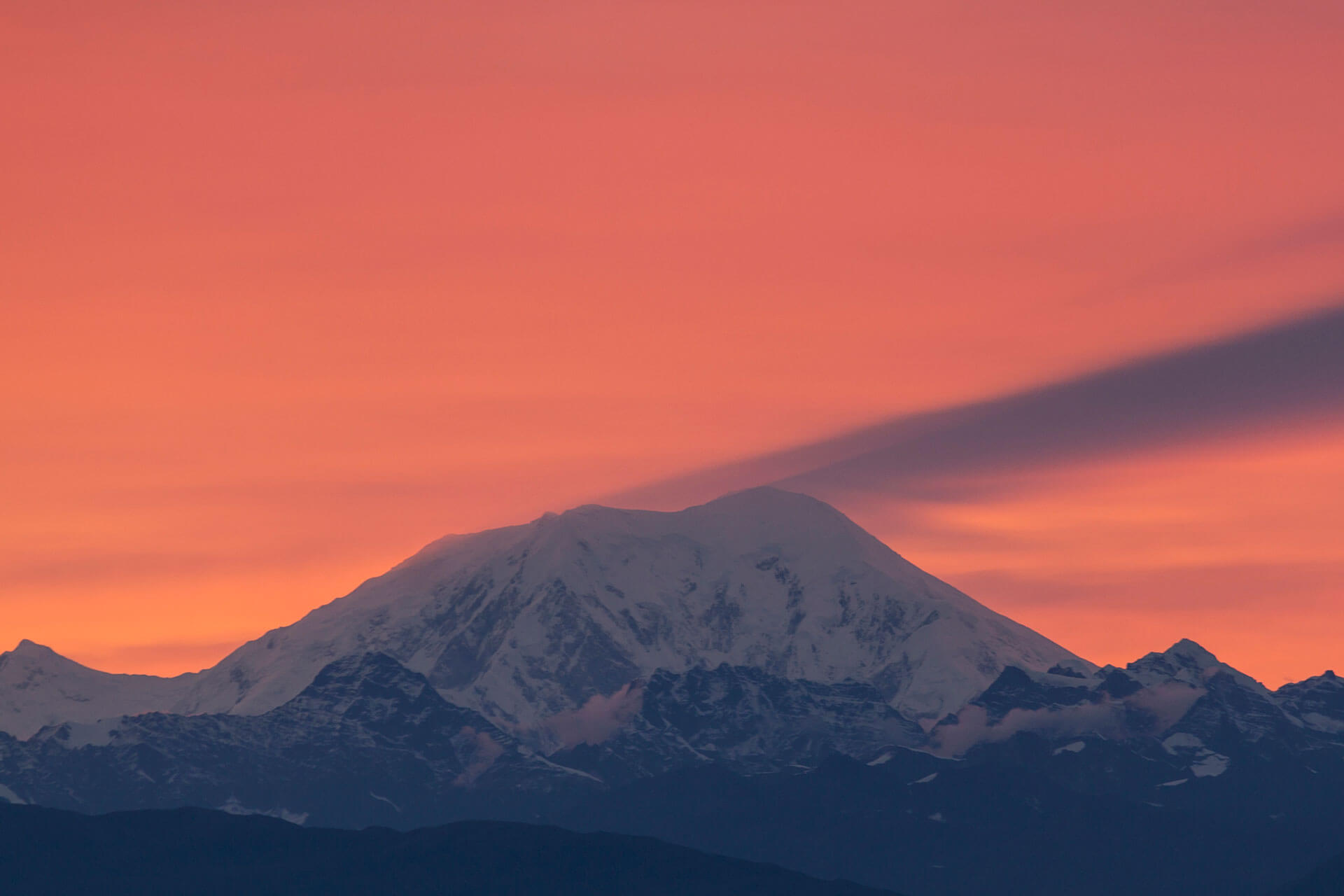
Height: 5,304 metres Location: Alaska (United States)
Those who are aiming to spend the three weeks on an expedition to climb Denali (the highest in this roundup) will spend time at the Denali base camp situated on the Kahiltna Glacier. Standing over this basecamp is the 5,304 metre peak of Mount Foraker.
Mount Foraker was first climbed by Charles Huston and Graham Brown. Houston was born in New York and climbed extensively around the world, leading routes up many peaks in the Himalayas. Houston was also notable for becoming one of the first westerners into the Nepalese side of Everest and led an expedition up the Khumbu icefall – paving the way for Edmund Hillary to reach the summit of the world’s highest mountain.
7) Mount Lucania
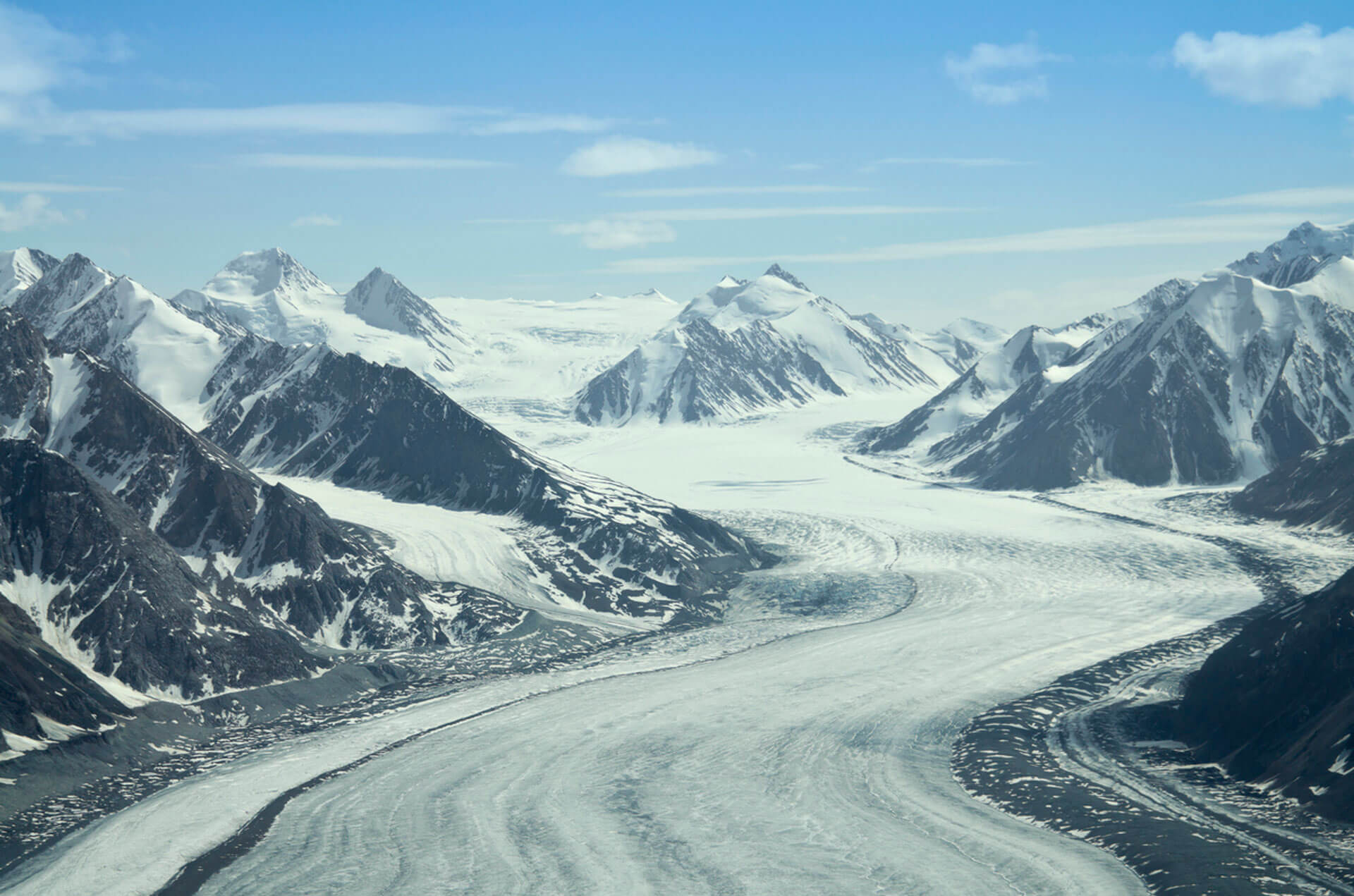
Height: 5,260 metres Location: Yukon (Canada)
As he stood on the summit of the fourth highest peak in this list, Mount Saint Elias, the Duke of the Abruzzi named the peak he could see in the far distance. He named this peak Mount Lucania, after the ship that he and the expedition team had sailed from Liverpool to New York on – RMS Lucania.
Using a snow plane to reach the high point of 2,670 metres on the nearby Walsh Glacier, the first ascent of Mount Lucania was made by American mountaineers Bradford Washburn and Robert Hicks.
8) Iztaccihuatl
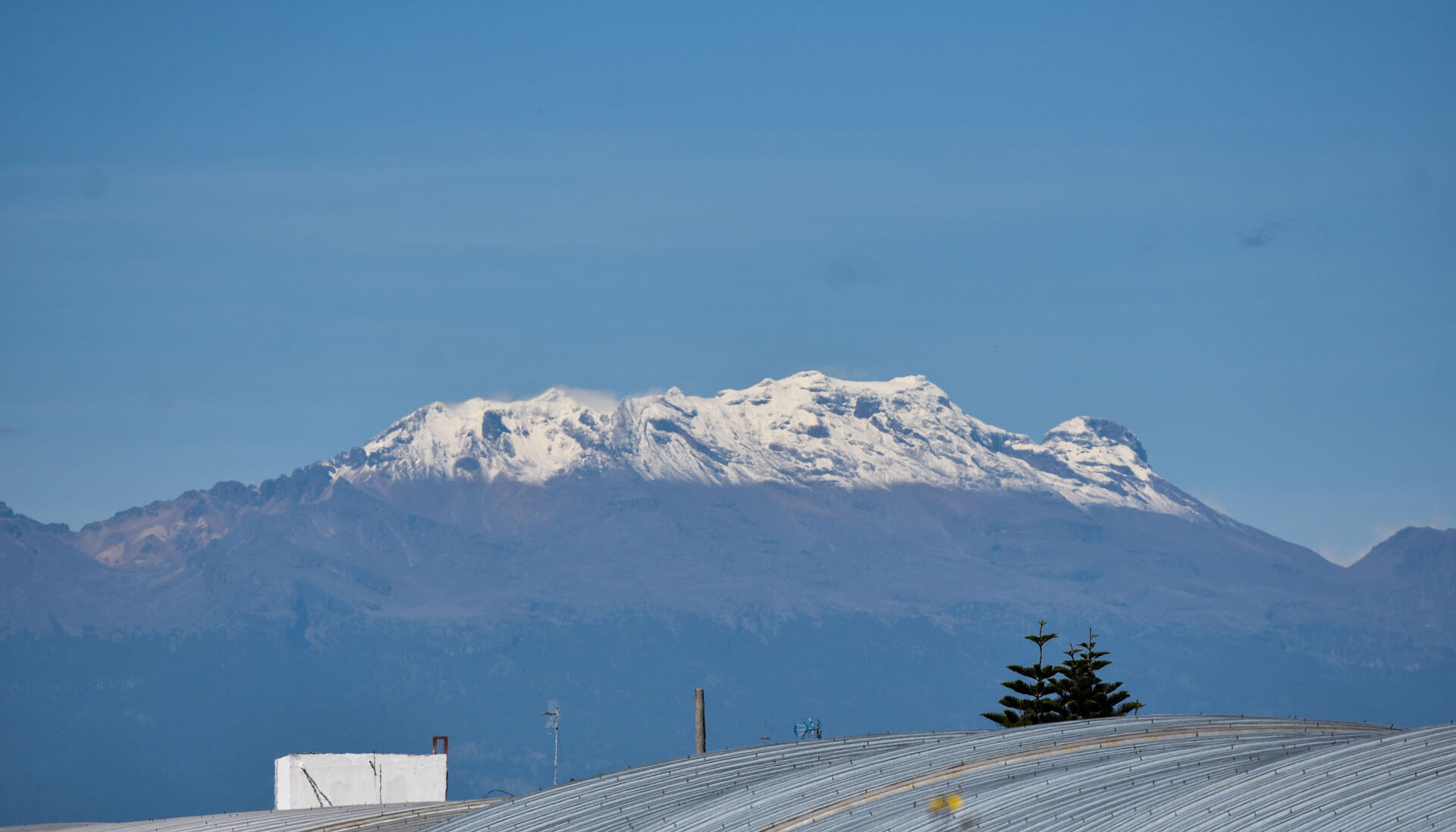
Height: 5,230 metres Location: Puebla (Mexico)
This whopping 450 km3 volcano is a series of connected cones from which the peak takes the name. Iztaccihuatl means “White Woman” in Nahuatl – a title given to it because the series of peaks is said to resemble the head, chest, knees, and feet of a sleeping woman.
Although the first recorded ascent of Iztaccihuatl was made in 1889, archaeological evidence suggests that the Aztecs and previous civilisations could have climbed the volcano before this.
9) King Peak
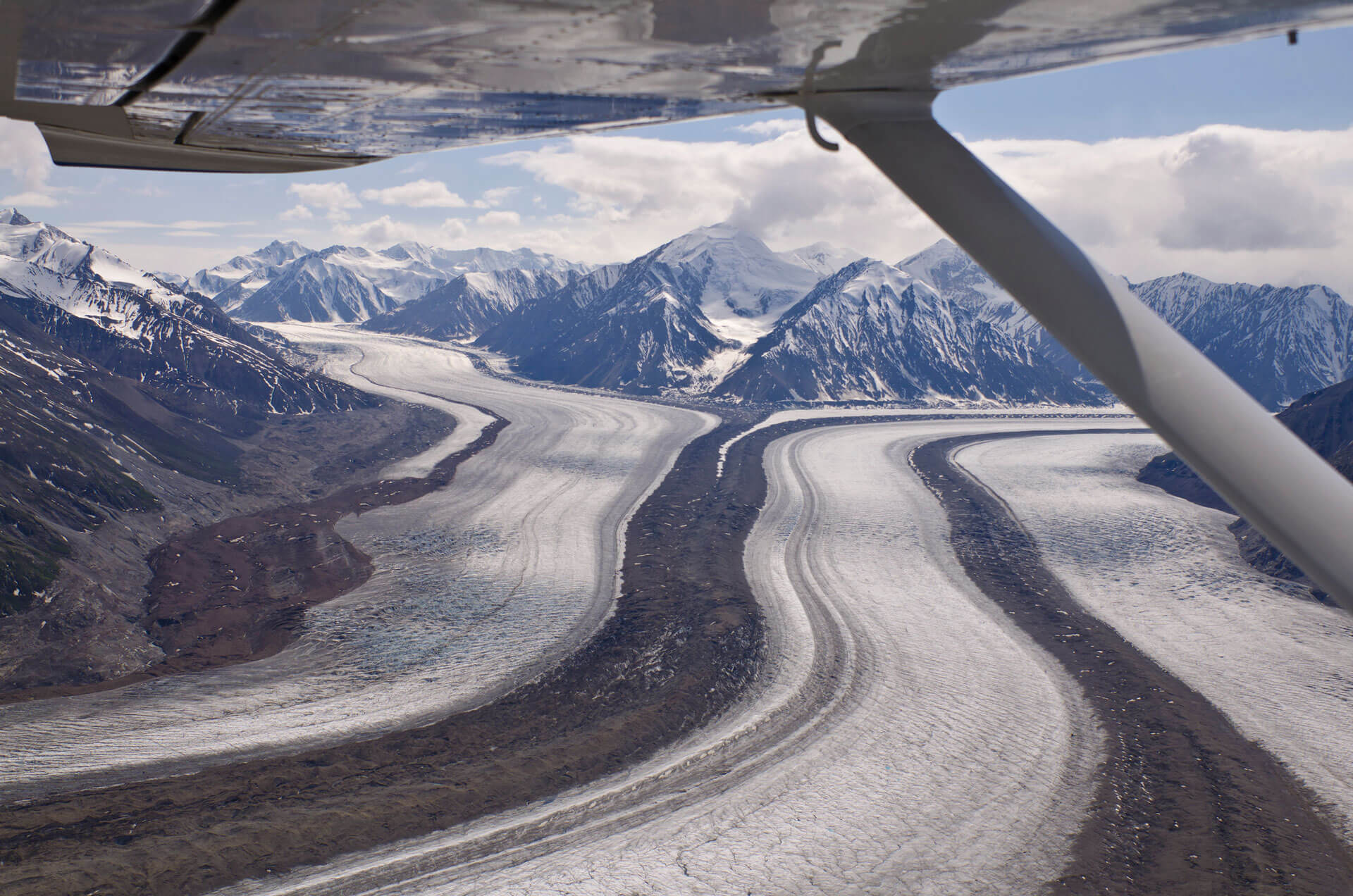
Height: 5,173 metres Location: Yukon (Canada)
Not to be confused with the highest peak in the state of Utah – Kings Peak – which sits at a lower height of 4,123 metres. King Peak is found in the Canadian Yukon and rises to 5,173 metres above sea level, making it the fourth-highest mountain in Canada and ninth on the continent of North America.
Even though this peak is second from the bottom on this top 10, the first ascent of it wasn’t actually made until 1952 by students from the University of Alaska. This relatively late climb of it is largely down to the steep slopes that flank the peak, steep slopes which make for tricky climbing conditions.
10) Mount Steele
https://www.instagram.com/p/BlQ5TCPHBQr/?utm_source=ig_web_copy_linkHeight: 5,073 metres Location: Yukon (Canada)
Named after Sir Sam Steele, the mounted police officer in charge of the Yukon force during the Klondike Gold Rush, when an estimated 100,000 prospectors migrated to the Klondike region of the Yukon with the hope of finding gold and making their fortune. Mount Steele sneaks into this list of the highest mountains in North America with a height of 5,073 metres.
This first ascent of Mount Steele was spectacularly made after a metre of fresh snow was dumped onto the mountain, forcing many of the expedition to crawl across the summit plateau to the summit.

